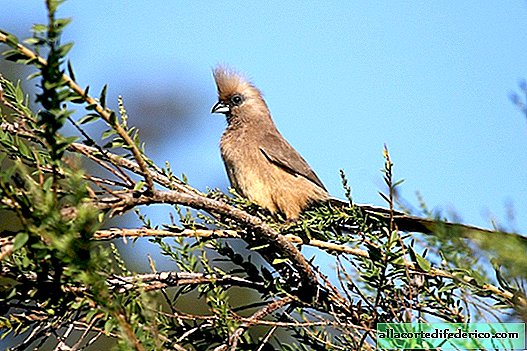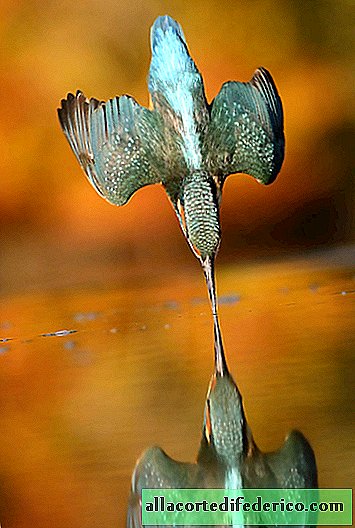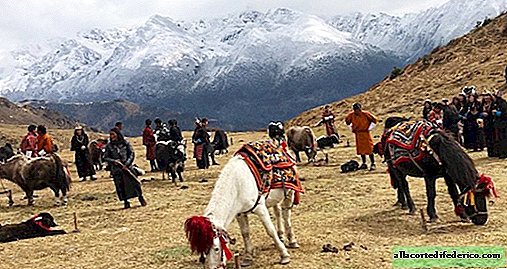Birds evolved immediately after the death of dinosaurs
Everyone knows that birds are the closest and direct relatives of dinosaurs. But recently, scientists have found that their evolution after the mass extinction of the "big brothers" occurred at an explosive rate. And this little bird, who lived more than 60 million years ago, helped to draw this conclusion.
Little morning bird
An incomplete skeleton of a bird no larger than a sparrow was found in northwestern New Mexico in Nasimiento in 2007. The bird was named Tsidiiyazhi abini, which in the Navajo language means "little morning bird." The find's age is somewhere between 62.5 and 62.2 Ma, making it the most ancient bird remains found in North America, as well as the oldest known tree bird living on Earth after the death of dinosaurs.

In the photo: Modern representative of the Coliiformes family
Analysis showed that Tsidiiyazhi abini is an ancient species of the Coliiformes family, or “mouse birds,” a group of small long-tailed birds, which today only six species survive in sub-Saharan Africa.
The very fact of the existence of this bird suggests that birds evolved very quickly in just 4 million years after the extinction of dinosaurs. And it is much faster than previously thought.
Winged evolution
What does this find mean?
It is known that birds separated from dinosaurs in the Jurassic period, about 150 million years ago. But, like their scaly relatives, many of them died out after the fall of a giant asteroid about 66 million years ago. Scientists believe that then no more than 12 families of birds survived. Today in the world there are about 40 families, which include more than 10,000 species.

The found bird has the distinctive features of many modern species. And her age (62 million years) suggests that about nine large modern families appeared earlier than previously thought. For example, new data show that "mouse birds" are 6 million years older than the researchers assumed.
In 1980, a team of researchers from New Zealand discovered a petrified skeleton of a penguin (Waimanu maningi) aged from 60.5 to 61.6 million years. This find, like the "little morning bird", also suggests that the explosive evolution of birds occurred within 4 million years after the extinction of the dinosaurs. In this they resemble placental mammals, which began to conquer the Earth at about the same time.

















